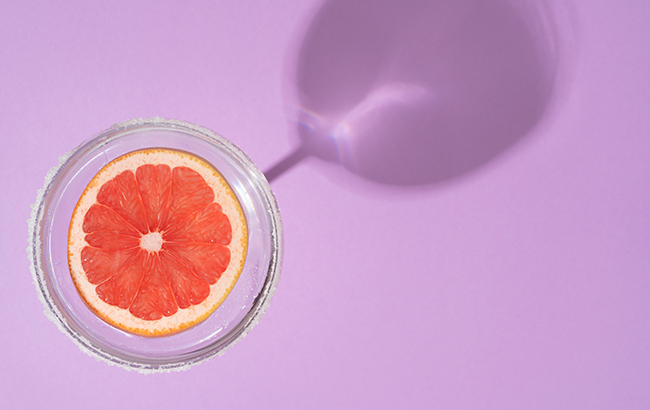No-and-low value nears $10bn
By Nicola CarruthersThe no- and low-alcohol sector will outpace the total alcohol category by 2025, according to a new report from IWSR Drinks Market Analysis.

IWSR forecasts that no- and low-alcohol volume will rise at a compound annual growth rate (CAGR) of more than 8% between 2021 and 2025, outpacing alcohol volume growth by more than 0.7% CAGR over the four-year period.
The data comes from the 2022 IWSR No- and Low-Alcohol Strategic Study, which examined 10 core markets: Australia, Brazil, Canada, France, Germany, Japan, South Africa, Spain, the UK, and the US.
The market value of the no-and-low sector in 2021 in the 10 markets reached just under US$10 billion, up by 6% from US$7.8bn in 2018. The category now has a 3.5% volume share of the total alcohol sector.
“While January has become a popular month for people to cut back or abstain from alcohol, interest in no- and low-alcohol drinks has increasingly become a year-round trend among consumers across the world,” says Emily Neill, chief operating officer of IWSR Drinks Market Analysis.
“To meet that demand, beverage alcohol companies have invested heavily to introduce a number of innovative new products, and many established mainstream brands have recently crossed over to develop no/low alcohol versions of their popular beer, wines, and spirits.”
Beer and cider is the largest segment of no- and low-alcohol with 75% volume share. No-alcohol beer is expected to grow by more than 11% CAGR from 2021 to 2025.
Non-alcoholic ‘spirits’ and RTDs (ready-to-drink) are both expected to post more than 14% CAGR volume growth.
Low-alcohol wine is predicted to increase by almost 20% over the four-year period, while alcohol-free wine is projected to grow by more than 9%.
Germany and Spain are the largest and most mature countries for no-and-low alcohol, IWSR said. The volume of no- and low-alcohol products in Germany is more than three times that of the category’s next-largest market, Spain.
Both markets achieved volume increases of around 2% in 2021, while the US climbed by 31% and the UK rose by 17%.
The US and the UK are the most dynamic markets for the sector, with the former forecast to increase by more than 28% (CAGR 2021-2025) and the latter at 6% growth.
Japan registered a small volume decline of 1% last year for the category.
No/low drinking habits
The IWSR noted that moderation is the most common reason for the consumption of no-and-low products.
Nearly half (43%) of adults across the focus markets who buy no- and low-ABV drinks said they were using them as substitutes for full-strength products for certain occasions, rather than abstaining from alcohol.
Most no/low drinkers also said they enjoy standard-strength alcohol too, the IWSR found, with only 17% of people consuming no-alcohol products to steer clear of alcohol completely.
The US has the largest amount of alcohol abstainers, with nearly a quarter (23%) of no-and-low drinkers avoiding alcohol.
Among adults who have purchased no/low alcohol, more than a third (37%) said they consume them to avoid the effects of drinking alcohol. A third of drinkers claim to buy no/low alcohol because they enjoy the taste.
The study found that evening occasions at home remain the popular time to drink low-and-no, while millennials and higher-income consumers across the focus markets are more likely to consume the products to unwind or after exercising.
Furthermore, only 5%-6% of no/low consumers drink the products after 11pm. IWSR said many brands in the category that target late-night partying and dark spirits occasions have found it challenging to gain consumer acceptance.
“The no/low alcohol market is still very much in its early growth stage in many categories and geographies, as the sector continues to define itself,” added Neill.
“Brands that will ultimately dominate in the no/low space are those that are successful in navigating the barriers of taste, price, pack format, availability and overall consumer education.”
Sales of low- and no-alcohol ‘spirits’ increased by 32.7% between 2019 and 2020, a previous IWSR study found.
Related news
Are functional drinks the key to a successful Dry January?
